History, meaning and kinds of tako (taco)
There are various octopus and octopus dishes!?
An octopus called Tako (Taco) in Japanese is very popular seafood in Japan. One of the popular Tako dishes is sushi, a raw octopus sushi or boiled octopus sushi. This sushi requires the techniques of the sushi chef. The classic sushi chef cut an octopus thin at a 45 degrees angle and hidden cut. These cuts make octopus to chew easily.
There are many kinds of octopus in Japan, but only four kinds of octopus are eaten, Common octopus (octopus sinensis), Giant Pacific octopus, Webfoot octopus, Chestnut octopus. The most popular octopus is Common octopus. Giant Pacific octopus is becoming as popular as it because the catch of it is decreasing year by year. In addition, Japan imports Common octopus from Mauritania in Northwest Africa to meet the demand of octopus.
When Japanese say "Octopus", it often means Common octopus called Ma Dako in Japanese. Ma means true, Dako (Tako) means octopus. Akashi Dako caught in Akashi city in Hyogo prefecture is especially famous high-class common octopus. The Akashi Strait in Akashi city is used as fishery for octopus from Yayoi period (1000 BC – 300AD) according to the octopus trap box. Fishermen in there catch octopuses by trap box even now. The best season of it is from June to August. It is also called Mugiwara Dako in the local area because fishermen wearing straw hat catch common octopus in this season. Mugiwara means straw hat.
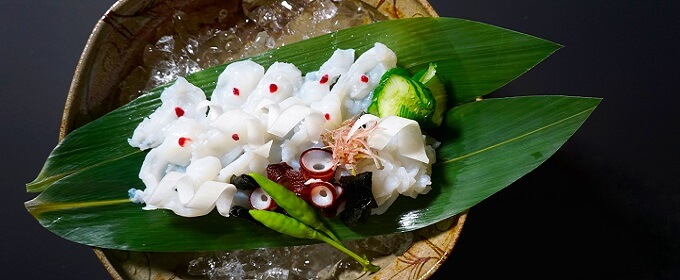
On the other hand, the best season of common octopus in Tokyo and Tohoku area is winter from November to January. The price of it is also rising because of decreasing the catch of it. The price of it is about 2000 yen per 1 kilogram (about 20 dollars per 2 pounds), the price of Akashi Dako is about 5000 yen per 1 kilogram (about 50 dollars per 2 pounds). The price of it reflected in the taste of it which is juicy and chewy. The major dish of common octopus is sashimi which is fresh slice of it and sushi.
The Giant Pacific octopus called Mizu Dako in Japan is the biggest octopus, it is from 3 meters to 5 meters (from 10 ft to 16ft) in length. The name of Mizu Dako derived from its taste, Mizu means water, Mizu-mizushi means juicy. It was not popular because of its weak taste in the past.
However, it was becoming popular because not only the catch of common octopus decreases but also the recipes for it increase. The major dishes of it are "shabu-shabu" which is hot pot dish, "su-dako" which is vinegard octopus and "Yude-Dako" which is boiled octopus.
The Webfoot octopus called E-Dako is smaller than other octopus, and becomes smaller by boiling. Some sushi restaurants serve a sushi topped with one whole of it. It is familiar to Japanese from old times, it is seasonal word for spring of haiku which is a Japanese poem of seventeen syllables. The best season of it is spring.
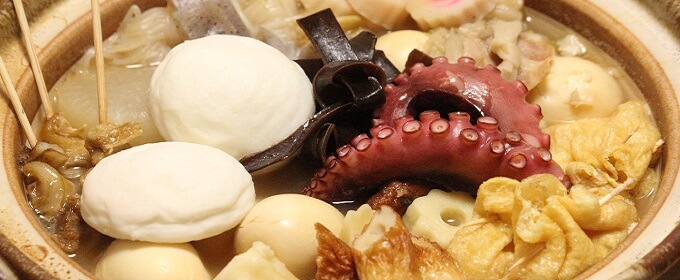
"E" of E-Dako is derived from kanji of rice. The female E-dako has roes like rice. The price of female E-Dako is more expensive than male of it because roes are well known as delicacy. The male E-Dako is also eaten as sushi, boiled eish, deep fried and more. In the west of Japan including Osaka, it is eaten as ingredient of seafood and vegetables stew called Oden.
The Chestnut octopus is called Yanagi-Dako in Japan. Yanagi name is derived from willowy flounder which is called Yanagi-Garei in Japan. The Chestnut octopus is mostly caught in Hokkaido area, and this flounder is also caught in there. It is cooked as boiled dish or vinegared dish because it tastes chewier than Giant Pacific octopus. There are other octopuses in Japan, but some of them have a poison like Blue-ringed octopus. This octopus has same poison as poison of blowfish (puffer fish).
There are various octopus dishes, Tako-yaki, Tako-meshi, Tako-wasa, Tako-senbei and more. Tako-yaki is a fried octopus dough ball. This ball is served with special sauce and mayonnaise. Tako-meshi is seasoned rice with octopus and vegetables. Tako-wasa is seasoned raw octopus with wasabi. This dish is famous nibbles in Japan. Tako-senbei also called Tako-sen is rice cracker made by octopus. These dishes are cooked with octopus, but Tako-wiener is not. It is a fish sausage cut in the shape of an octopus.
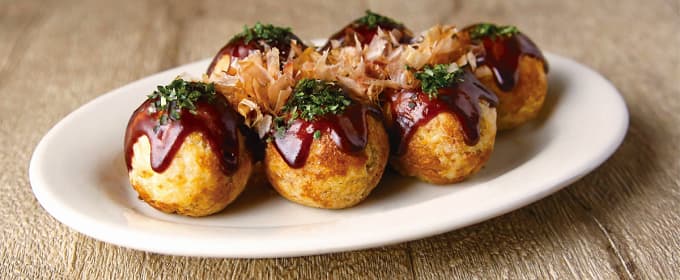
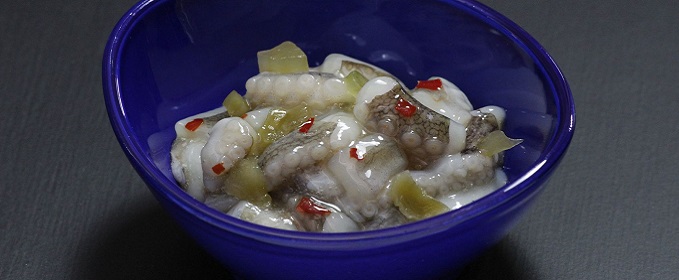
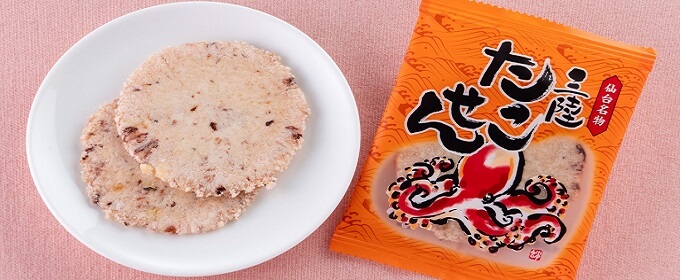
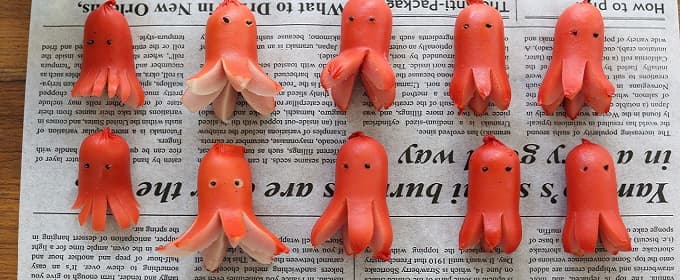
In addition, there are various idioms because Japanese are interested in an octopus more than squid. For example, overloaded sockets are called Tako-ashi-haisen in Japanese. Tako means octopus, ashi means legs or tentacles, haisen means wiring. Corporate window dressing is called Tako-hai (Tako-haito) in Japanese, Haito means a dividend. This idiom is derived from that hungry octopus eats its tentacles. Some Japanese say "Tako" to slowpoke and awkward persom as trash talk.
You can enjoy various octopus dishes including sushi when you travel Japan. If you like sushi and conveyor belt sushi restaurant, you can invest it. Food and life companies (TYO:3563) and Kura Sushi Inc (TYO:2695) are listed in Tokyo Stock Exchange. If you like Japanese ostopus, you can invest Kyokuyo Co. (TYO:3563) which is the largest fishery company in Japan. These companies are also included some ETFs for investing Japanese companies.
- There are various octopus and octopus dishes!?!?
- Tamago was eaten from the Edo period!?
- 3 types of scallop sushi in Japan!?
- Various kinds of uni and dishes in Japan!?
- Engawa is derived from Japanese architecture!?
- Gari is well known as appendage to sushi!?
- Various sea bream and dishes in Japan!?
- Kanpyo-maki is is one of the sushi for finishing off!?
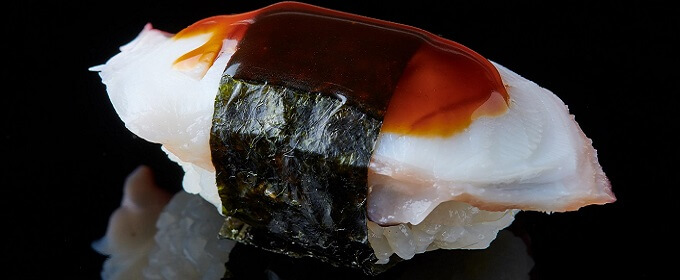
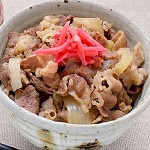 Gyudon
Gyudon Katsudon
Katsudon Unadon
Unadon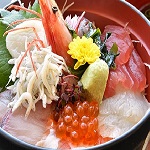 Kaisendon
Kaisendon